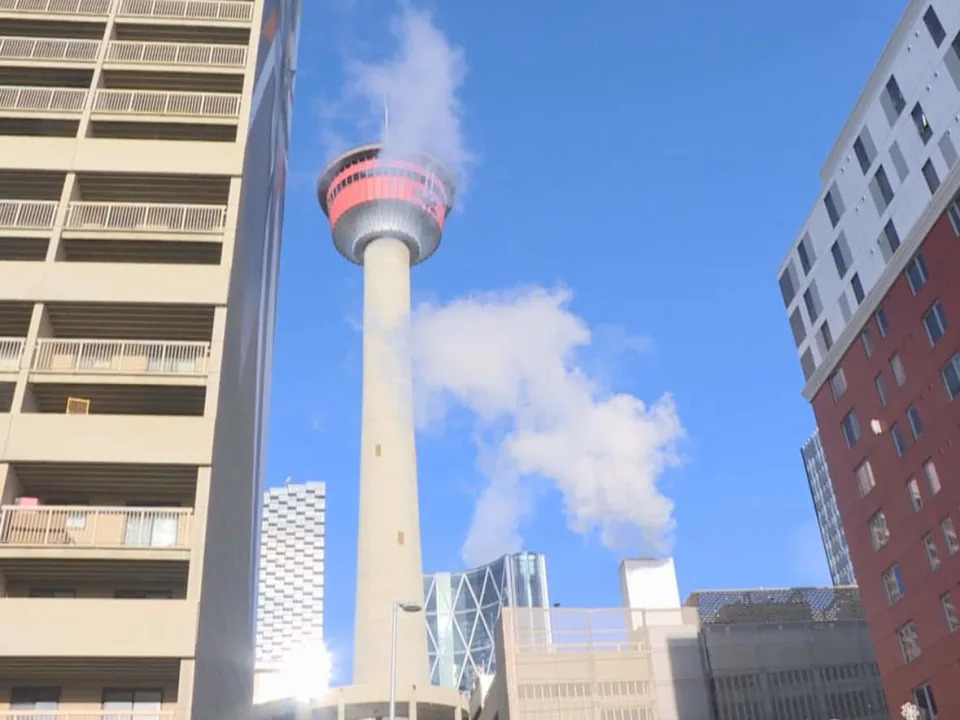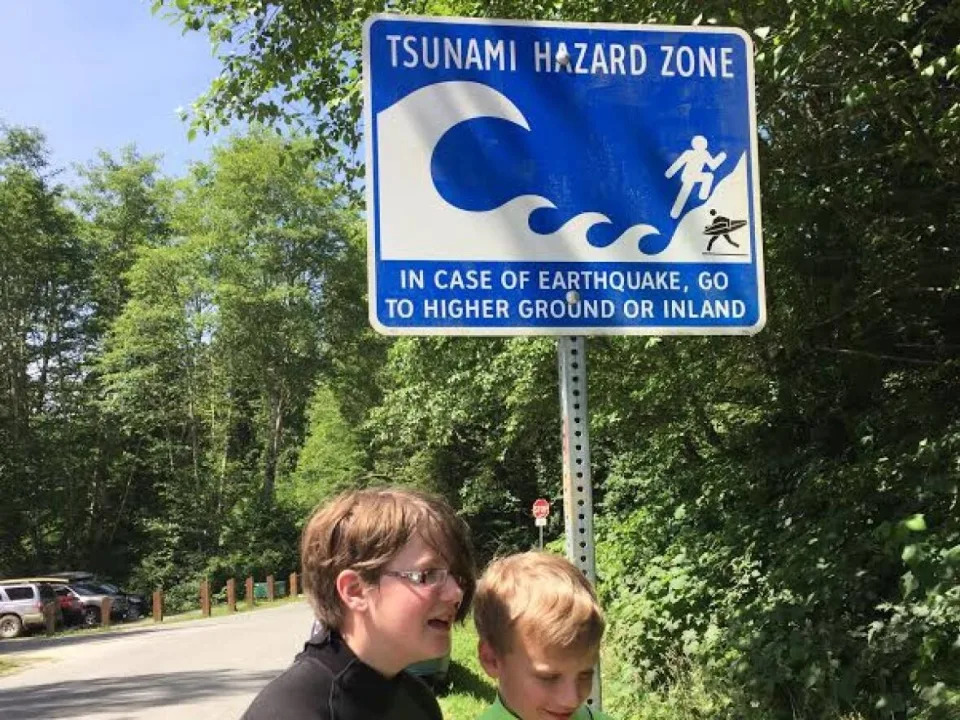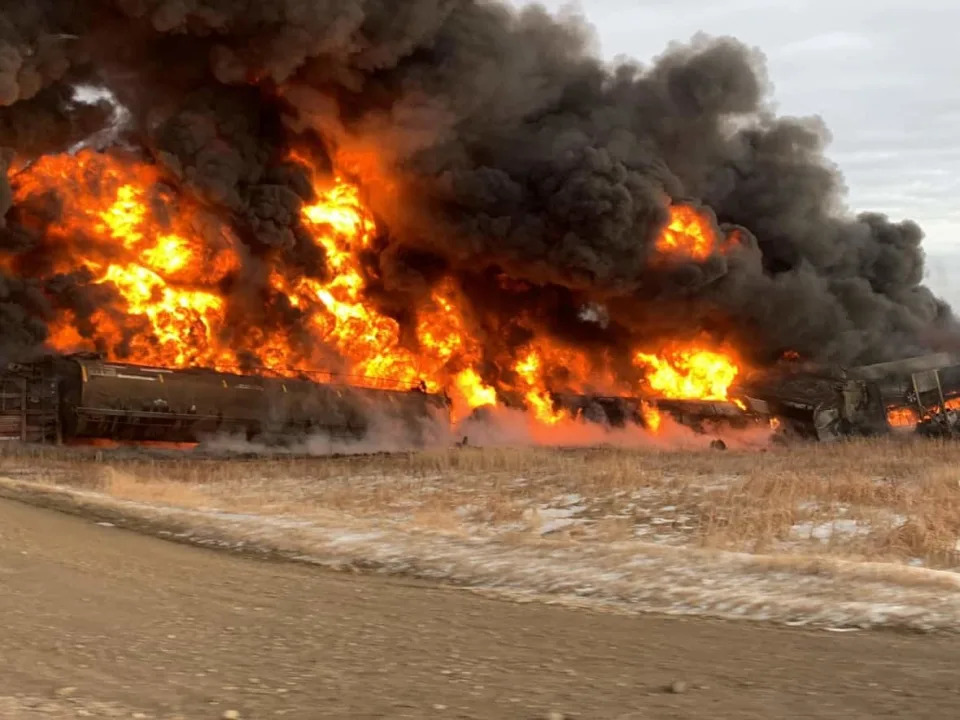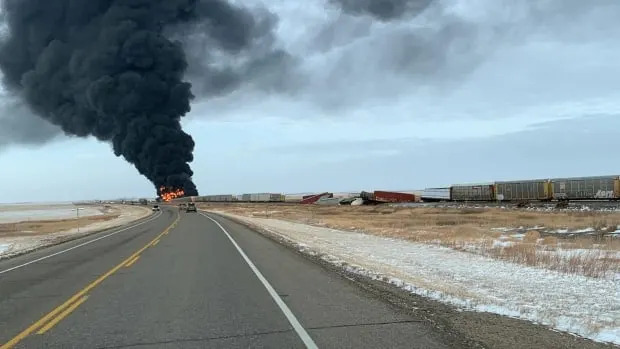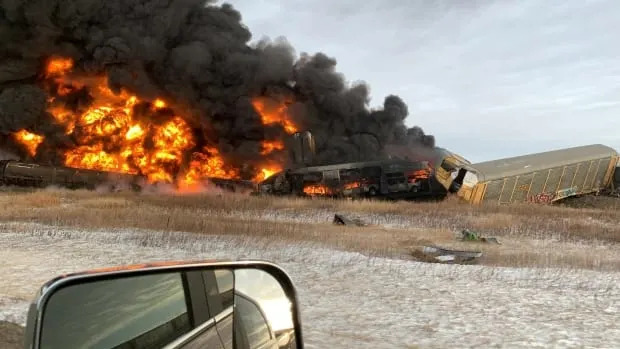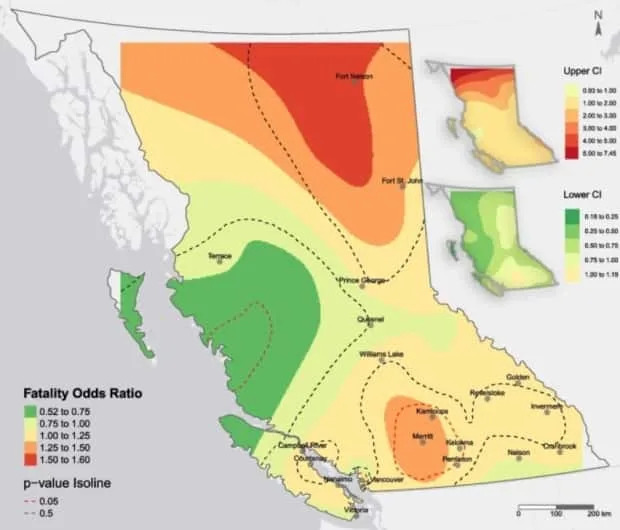Experts blame intensive construction for Ischia landslide tragedy
By Euronews with Reuters & AP • Updated: 01/12/2022 -
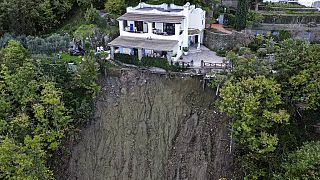
A house is left standing on the edge of a landslide in Casamicciola, on the southern Italian island of Ischia, in this picture taken Sunday, Nov. 27, 2022. - Copyright Salvatore Laporta/Copyright 2022 The AP. All rights reserved
Experts and activists have said that the construction of illegal buildings increased the risks of natural disasters on the Italian island of Ischia.
One person was still missing after Saturday’s disaster in the port of Casamicciola Terme, where houses were brought down and mud submerged the streets.
Authorities confirmed on Thursday that the death toll had risen to 11 after the bodies of two missing women were found.
The confirmed victims included the 22-day-old infant and two other young children.
Exceptionally, heavy rain caused a chunk of Mount Epomeo to come crashing down before dawn, gaining speed as it entered the populated port town of Casamicciola.
The World Wildlife Fund said the ground in the worst hit areas composed of agglomerated ash and rock from nearby Mount Vesuvius on the mainland, should have been left free for runoff, instead, it is the site of rampant unauthorised construction.
"This material doesn't perfectly attach itself to the island’s surface, it stays there as a layer. So when we have heavy rainfall, its triggers a sort of snowball effect which goes downstream and accumulates in high-risk areas.
So if there are buildings in these areas, the situation becomes explosive", said Gaetano Benedetto, the President of Italy's WWF research centre.
Deadly Ischia landslide was caused by climate change and illegal construction, experts say
"Everyone knows that Italy is a fragile country, with a high hydro-geological risk. But not everyone knows that risk areas have been surveyed and mapped with accuracy.
"Today over 16% of the Italian territory is in high-risk areas" he continued.
Ischia, whose thermal baths and picturesque hilly coastline draw visitors from across the world is known for its high concentration of residential buildings.
Geologist Arcangelo Francesco Violo said that Ischia, which sits in an earthquake zone across the sea from Naples, was vulnerable to natural disasters.
According to environmentalists and the mayor of Forio, Francesco Del Deo, local authorities in the hardest hit area received over 27,000 requests under successive government amnesties since 1985 to gain official approval for structures that in some way violated building codes.
However, the mayor told Sky Italia, “it's not that 27,000 villas have been built illegally or 27,000 flats have been built illegally. Let's start by clarifying this, otherwise, people will think that the island is completely covered in concrete.”
Mariateresa Imparato, the Legambiente chief in the Campania region around Ischia, said excessive construction had weakened the land and urged authorities to remove buildings that did not have permits.
Granting amnesties for illegal construction put people at risk, he added.
The Casamicciola town bureau in charge of buildings could not immediately be reached for comment.
As a political row about the granting of the amnesties gathered pace, Environment and Energy Minister Gilberto Pichetto Fratin said in a statement he would seize illegal buildings to investigate them for safety, with pardons granted only for small violations.
On Sunday, Prime Minister Giorgia Meloni's government earmarked an initial aid package of €2 million for Ischia and suspended tax payments for residents until the end of the year.
Claudio D’Ambra, the head of the Ischia engineers association, said the tragedy on the island’s highest mountain, showed investment was needed for safety.
"Everyone knows that Italy is a fragile country, with a high hydro-geological risk. But not everyone knows that risk areas have been surveyed and mapped with accuracy.
"Today over 16% of the Italian territory is in high-risk areas" he continued.
Ischia, whose thermal baths and picturesque hilly coastline draw visitors from across the world is known for its high concentration of residential buildings.
Geologist Arcangelo Francesco Violo said that Ischia, which sits in an earthquake zone across the sea from Naples, was vulnerable to natural disasters.
According to environmentalists and the mayor of Forio, Francesco Del Deo, local authorities in the hardest hit area received over 27,000 requests under successive government amnesties since 1985 to gain official approval for structures that in some way violated building codes.
However, the mayor told Sky Italia, “it's not that 27,000 villas have been built illegally or 27,000 flats have been built illegally. Let's start by clarifying this, otherwise, people will think that the island is completely covered in concrete.”
Mariateresa Imparato, the Legambiente chief in the Campania region around Ischia, said excessive construction had weakened the land and urged authorities to remove buildings that did not have permits.
Granting amnesties for illegal construction put people at risk, he added.
The Casamicciola town bureau in charge of buildings could not immediately be reached for comment.
As a political row about the granting of the amnesties gathered pace, Environment and Energy Minister Gilberto Pichetto Fratin said in a statement he would seize illegal buildings to investigate them for safety, with pardons granted only for small violations.
On Sunday, Prime Minister Giorgia Meloni's government earmarked an initial aid package of €2 million for Ischia and suspended tax payments for residents until the end of the year.
Claudio D’Ambra, the head of the Ischia engineers association, said the tragedy on the island’s highest mountain, showed investment was needed for safety.





